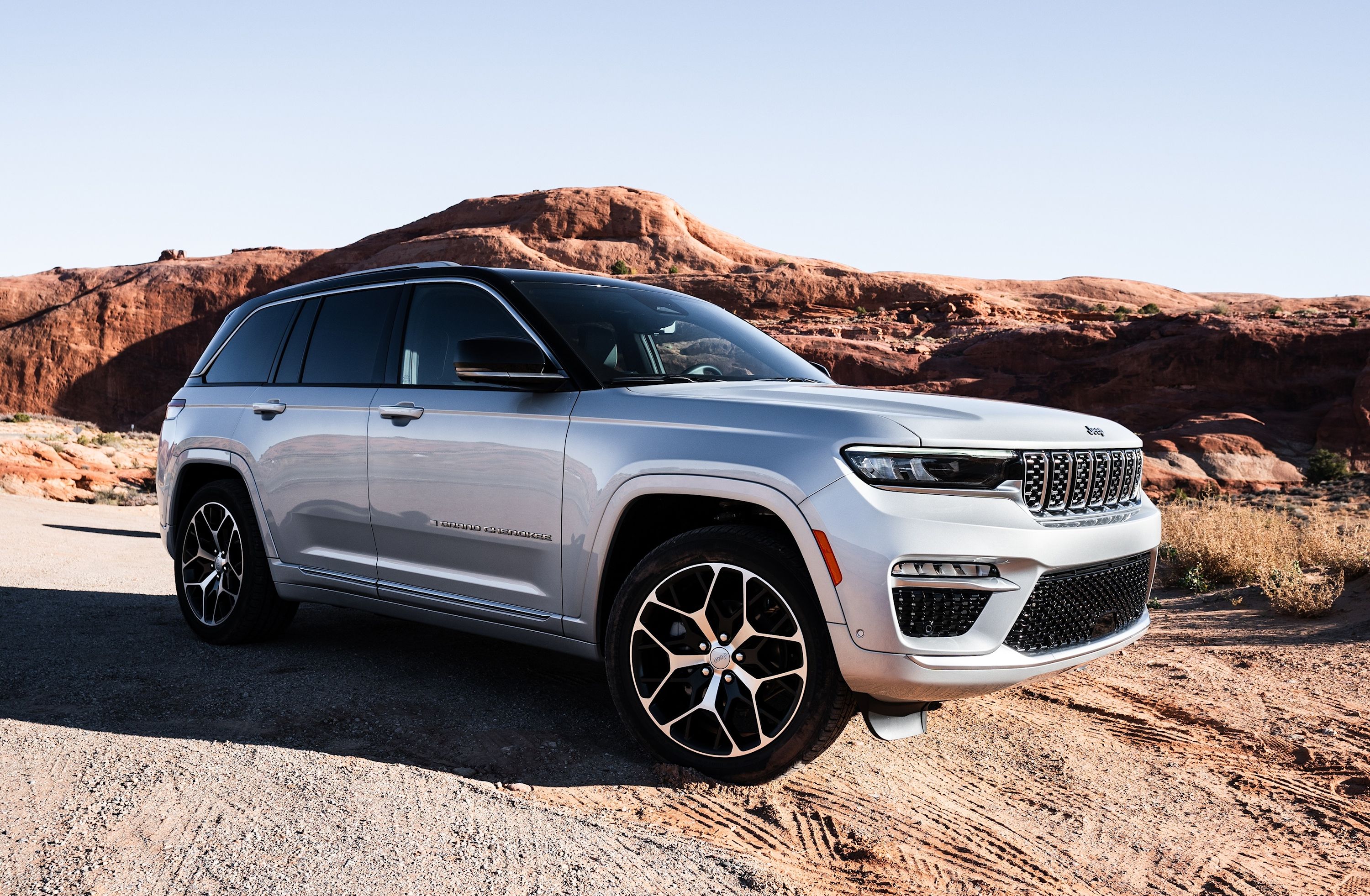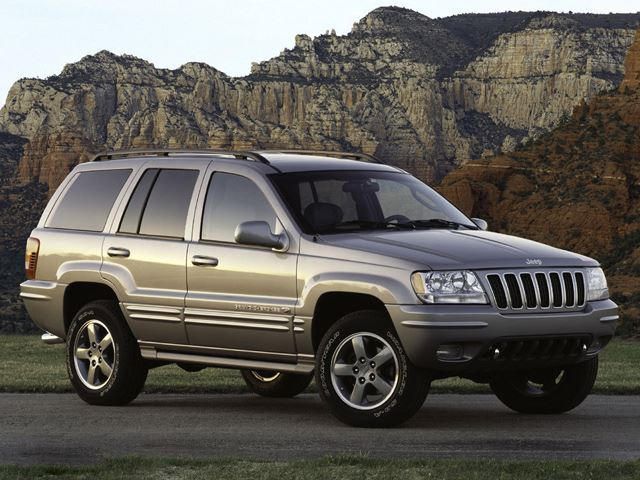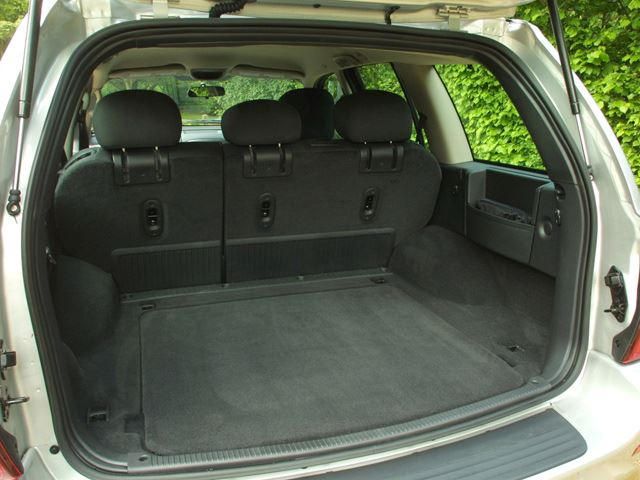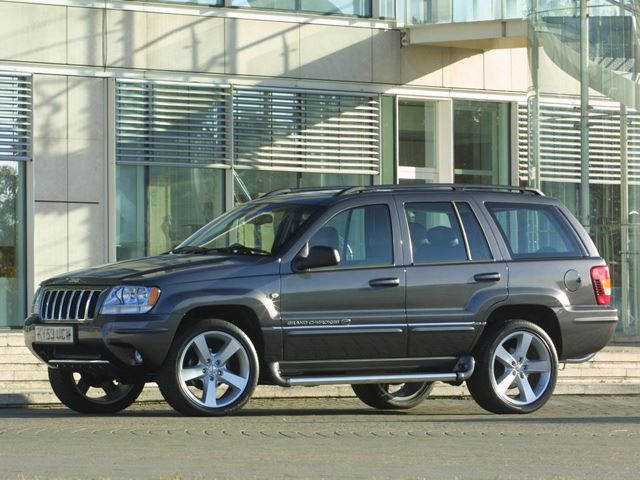
Jeep not only had a massive hit when it launched the first generation Grand Cherokee for the 1993 model year, but it also created an instant icon. The first-gen Grand Cherokee sold in massive numbers, with many buyers trading in their smaller Cherokee for something a bit bigger with literally the same name and heritage. At the same time, because fuel was about as cheap as bottled water, the SUV craze in the US was in full swing.
Aside from the Grand Cherokee, people were buying up Ford Explorers, Chevrolet Blazers, Mitsubishi Monteros, and the Toyota 4Runner. Although the Grand Cherokee already accumulated a loyal following, all of that competition caught up by the late '90s. In other words, it was time for a redesign, and the most essential thing was not to screw it up.
Jeep had to not only improve a winning formula but also for it to surpass the competitors in a way that would shake up the SUV segment. Work on the second-gen Grand Cherokee began not so long after the original launched. The questions were, basically, what worked well and what needed improvement. Without question the exterior design was one of the Grand Cherokee's best-selling points; it looked both rugged and refined. That needed to remain. The second big hurdle was its off-road abilities. The redesigned Grand Cherokee was unveiled for the '99 model year and it was instantly recognizable. However, the exterior featured a decidedly more rounded appearance, as opposed to the straight lines of its predecessor.
Jeep claimed the new model shared only 127 parts with its predecessor and the 5.2-liter V8 was replaced with an all-new 4.7-liter V8, producing a total of 235 hp and 295 lb-ft of torque. Not only was the new engine lighter but it was more fuel efficient, thus making it better for day-to-day usage on paved roads. The base 4.0-liter inline-six, now rated at 195 hp and 230 lb-ft (up by five horsepower and five lb-ft), was also updated. A four-speed automatic transmission was standard. Unibody construction remained but the frame was strengthened with high-strength steel. Remember, Chrysler was now Daimler Chrysler, and the Germans quickly added their engineering skills.
For example, they added stiffness and rigidity to the frame's structure, thereby giving it the strength and durability of a body-on-frame construction. And because this was a Jeep, off-road capabilities were also improved thanks to an update of the Quadra-Drive four-wheel-drive system. This was partially done with the addition of a new, three-mode transfer case. Using a clutch pack paired to a hydraulic pump to transfer torque between the front and rear axles, the system allowed drivers to select from three different modes: 4-All Time, Neutral (for towing purposes), and 4-low. Like the original, the Laredo trim continued as the base level offering but Jeep increased the number of standard features.
And yes, this time power locks and windows became standard. Also once again, the Limited was the top-of-the-line model, coming with unique body-side trim panels and front and rear bumpers. There was also a six-speaker stereo system and the usual leather seats and dual power front buckets. Like before, the Grand Cherokee Limited was meant to lure away luxury sedan buyers. In addition, there was an increasing number of buyers who were ditching their minivans because the Grand Cherokee, among other premium SUVs, offered greater luxury in a much trendier package. Let's just say that not all of these buyers intended to go off-roading, but the option to do so was good to know. That's what happens when gas is ridiculously cheap.
The interior was also completely redesigned with improved ergonomics and increased front and rear passenger space. Jeep began to introduce more trim levels, such as the value-oriented Freedom trim as well as the Overland, which surpassed the Limited as the new top-level Grand Cherokee. It featured a 10-disc remote rear-mounted CD changer, 17-inch chrome-plated wheels, plenty of "Overland" badging and a sunroof. Buyers were more than willing to pay serious money for a luxury Grand Cherokee and Chrysler made healthy profits. In fact, Jeep continued to be the automaker's greatest asset because of its special, all-American character. A base Laredo trim cost about $24,000, which is roughly $31,000 today.
Compared to today's Grand Cherokee's base price of $29,995, it's nice to know Jeep kept things in line with inflation. Sales of the Grand Cherokee continued to go well enough in Europe despite the fact that SUVs in general, didn't carry the same status as they did in the US. By 2004, just over a decade after the original was launched, the Jeep Grand Cherokee had further cemented itself as a fashionable and capable SUV that continued to sell in droves. With a redesign around the corner, another problem was beginning to emerge: the deteriorating status of the Daimler Chrysler partnership. How would that affect the Jeep brand and its hot-selling Grand Cherokee? The redesigned third-gen model would soon answer that.



